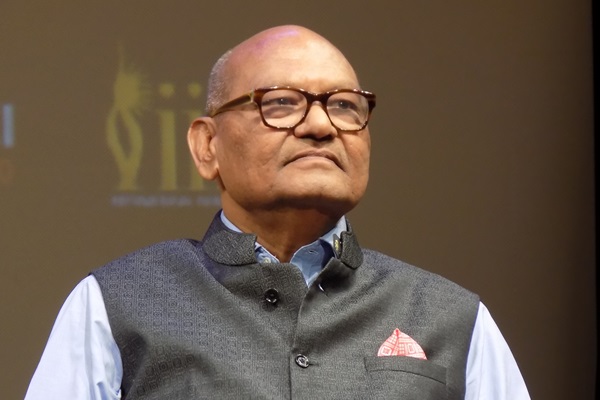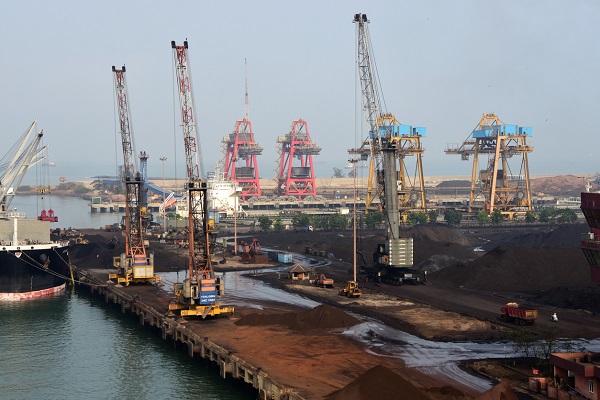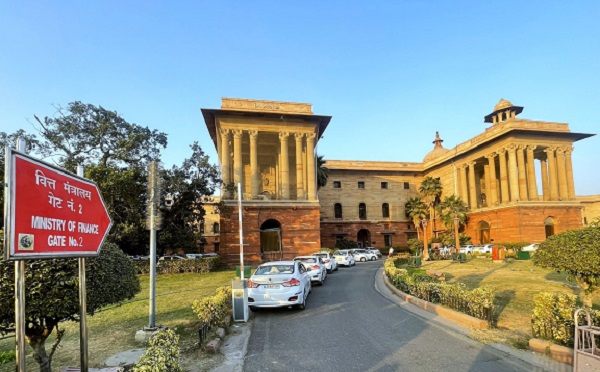.png)

Krishnadevan is Consulting Editor at BasisPoint Insight. He has worked in the equity markets, and been a journalist at ET, AFX News, Reuters TV and Cogencis.
April 17, 2025 at 4:31 AM IST
Its ambitious plan to split into six standalone companies—each a mini-Vedanta promising clearer valuations and capital access—has just been tripped up in court. The National Company Law Tribunal has rejected the spin-off of Talwandi Sabo Power, citing objections from Chinese creditor SEPCO, which is owed ₹12.5 billion. Vedanta plans to appeal, but delays now look inevitable.
That’s bad news not just for promoters, but also for investors who’ve long enjoyed Vedanta’s unusually high dividends for a commodities player. For London-based parent Vedanta Resources, upstreamed payouts from the Indian-listed firm are critical to servicing its hefty debt. With each delay in the demerger, that tap risks slowing.
Founder Anil Agarwal once said each demerged business could become a $100 billion company. But the reality looks messier. Under a consolidated structure, cash-rich segments like zinc or aluminium could mask the financial drag of others. Post-split, each company will need to stand on its own—deciding independently how much to invest, deleverage or reward shareholders. Dividend flows will be less predictable.
That’s a problem if you’re counting on Vedanta’s payout machine to stay intact. It’s also a risk for Vedanta Resources, which trimmed its debt to $11.4 billion in September 2024 from $12.3 billion in March, largely using funds funnelled up from India. Vedanta itself has pared down debt to ₹573.6 billion, but the room to do more narrows if its businesses are siloed and cautious.
The global context isn’t helping either. Metals and minerals remain hostage to China’s demand and the escalating tariff war unleashed by the United States. Investors are jittery, with equity markets showing little appetite for cyclical bets in uncertain times. Even Vedanta’s domestic dominance in zinc and aluminium won’t insulate it if global prices stay volatile.
There’s also the question of ownership. Vedanta Resources currently holds 56.8% in Vedanta and says it plans to keep at least 50% in each spin-off. But it’s already sold stakes in both Vedanta and Hindustan Zinc over the past year to raise cash. More sell-downs could be in the offing—voluntary or otherwise.
For now, the company insists it’s on track. But with legal hurdles, global headwinds, and internal realignment all at play, it’s fair to ask whether the grand demerger plan is still the best path forward. After all, clarity doesn’t always come from cutting things up. Sometimes, it comes from holding them together.




